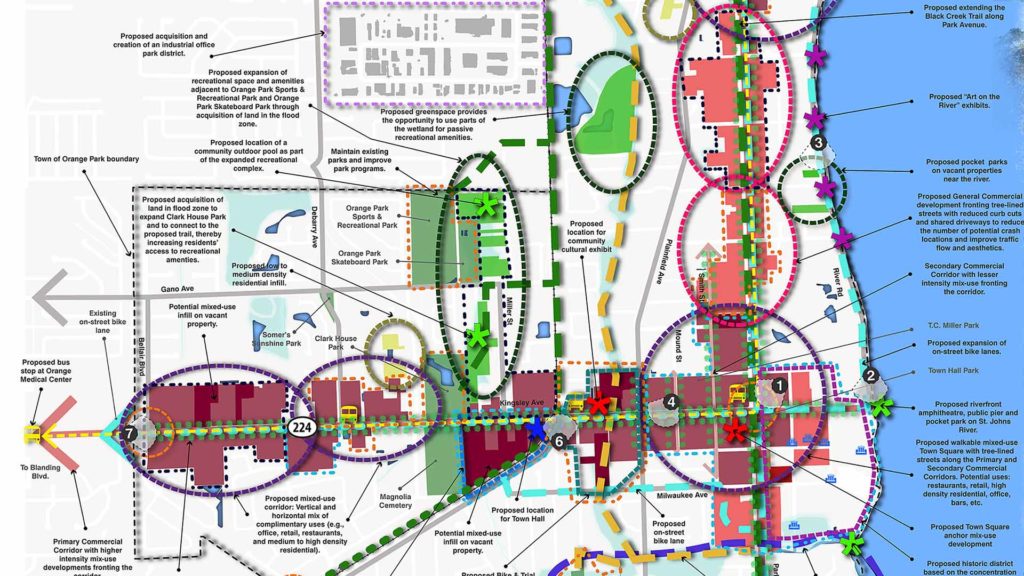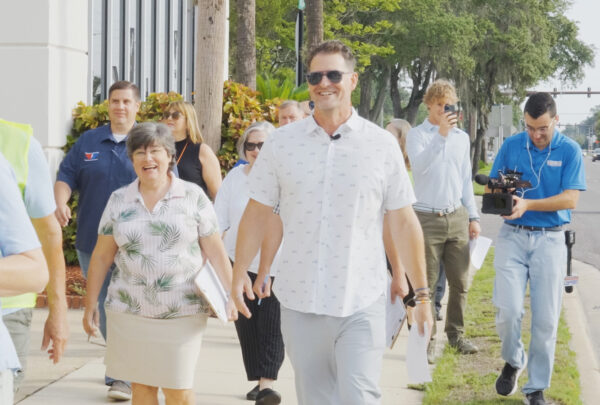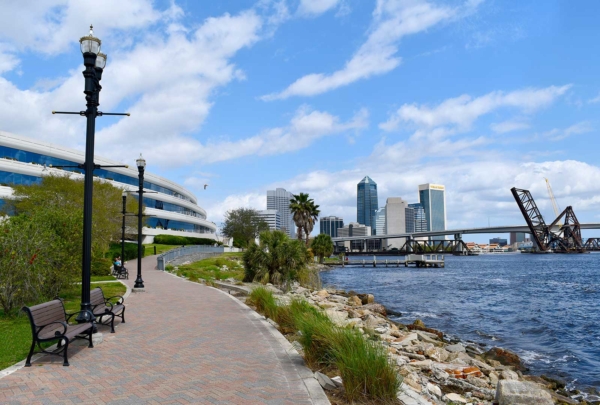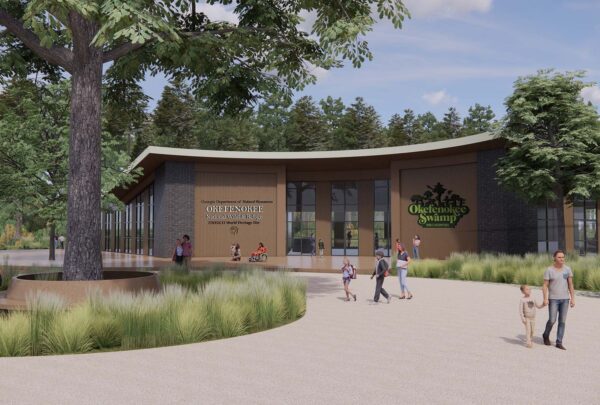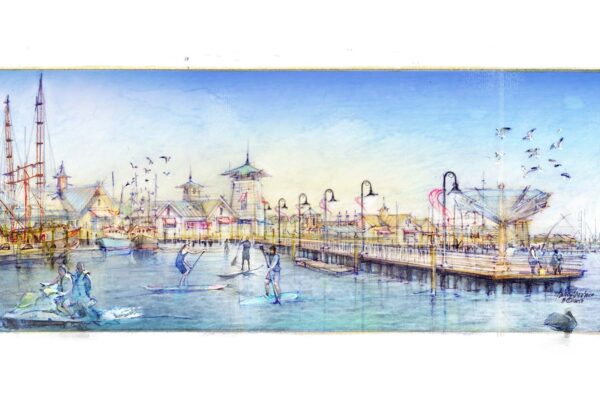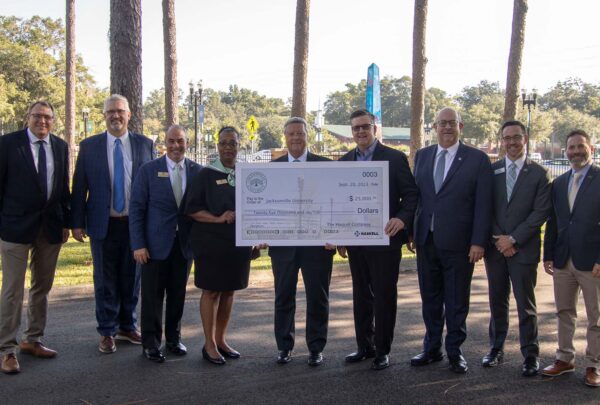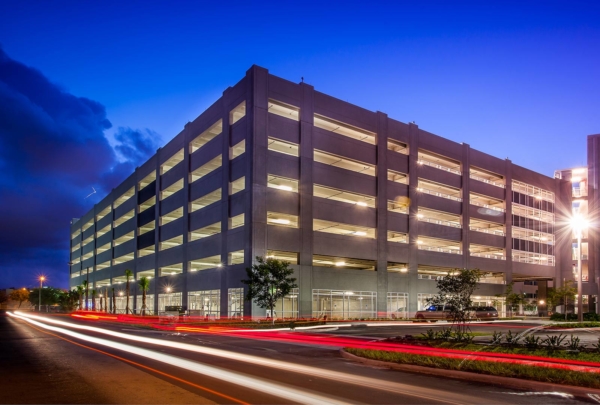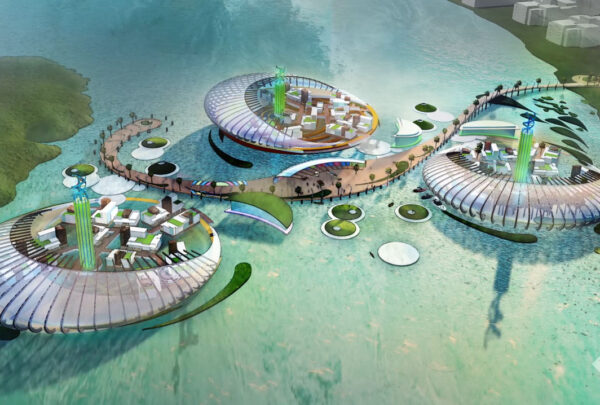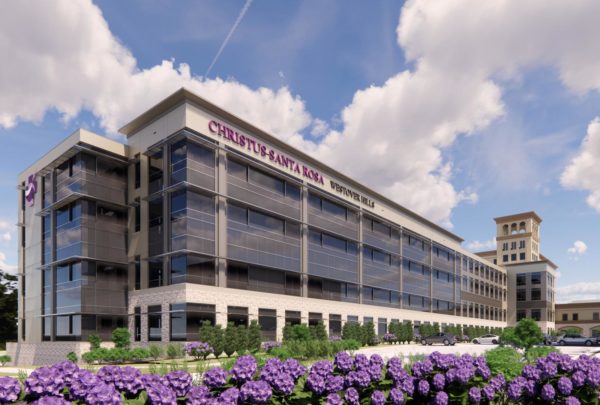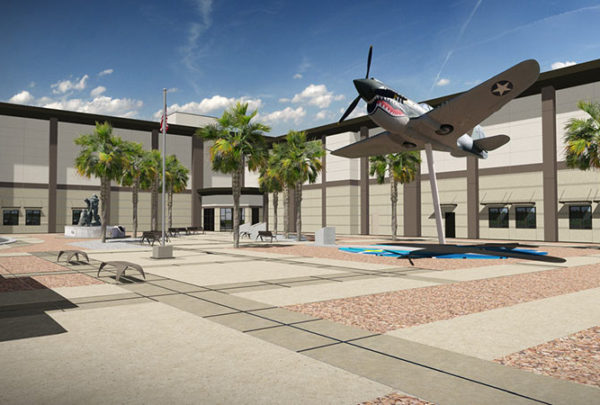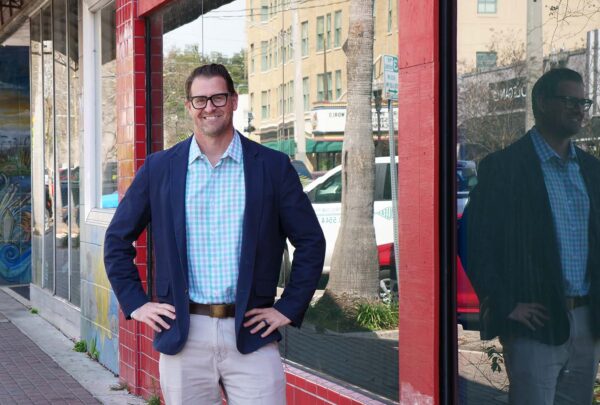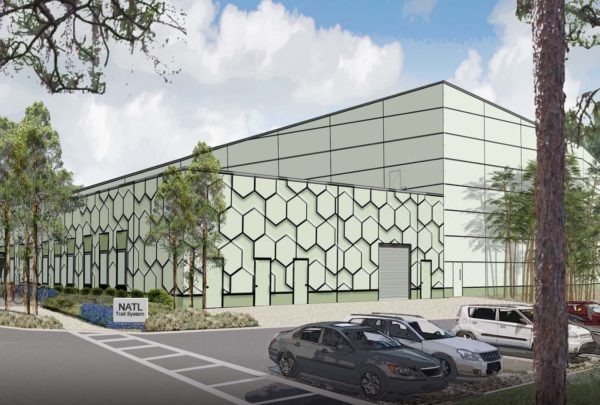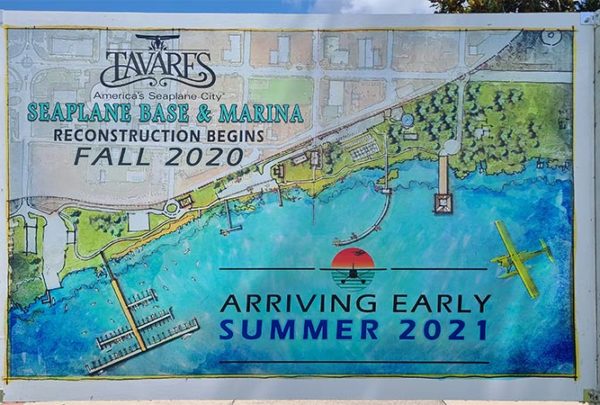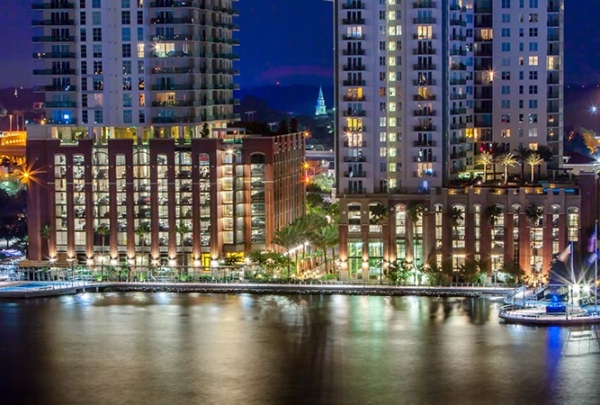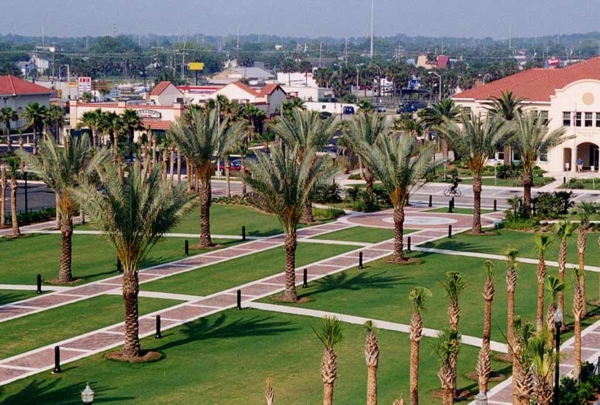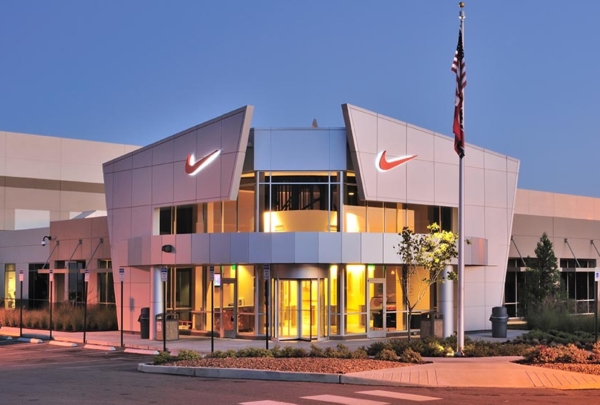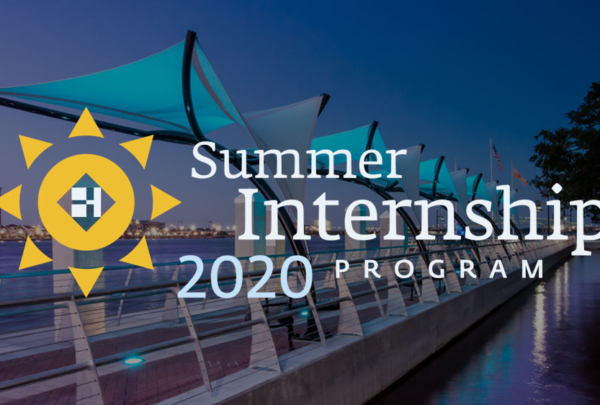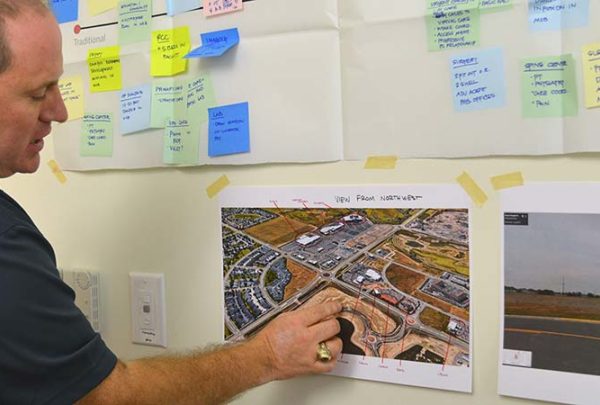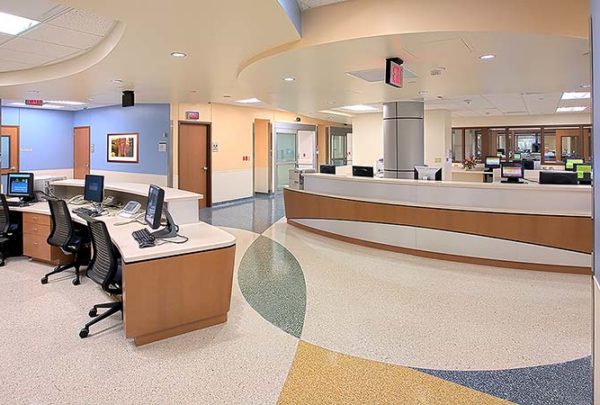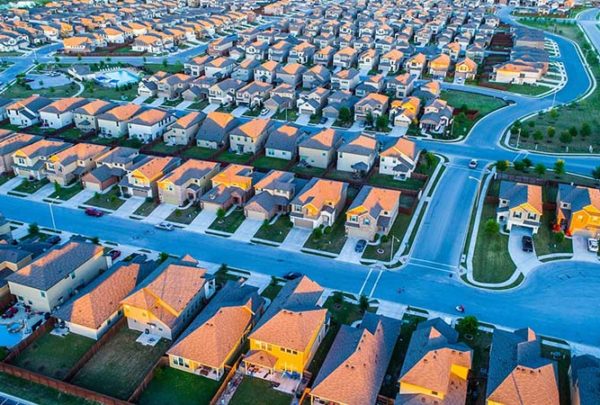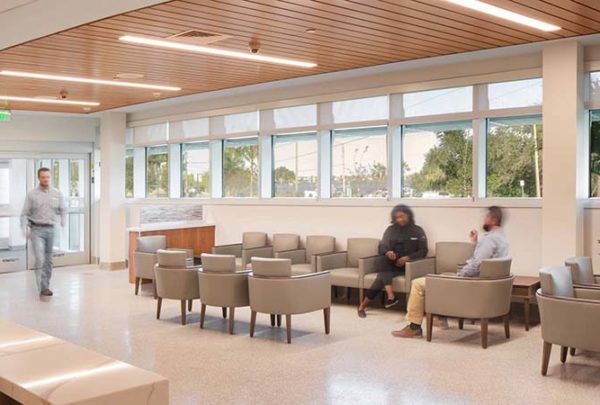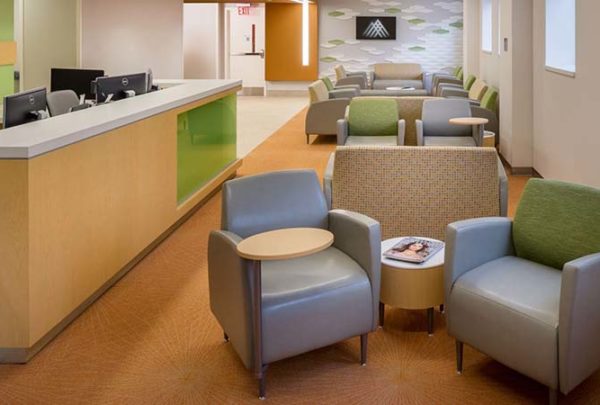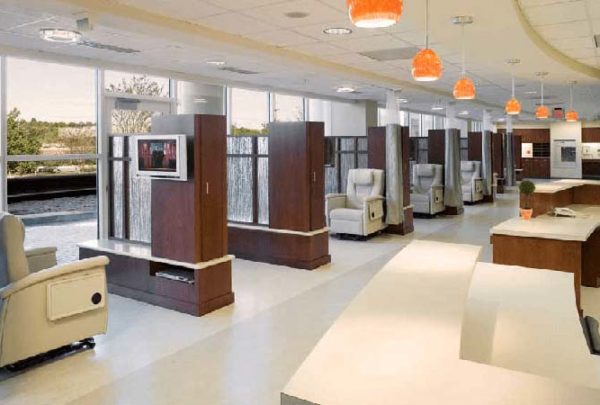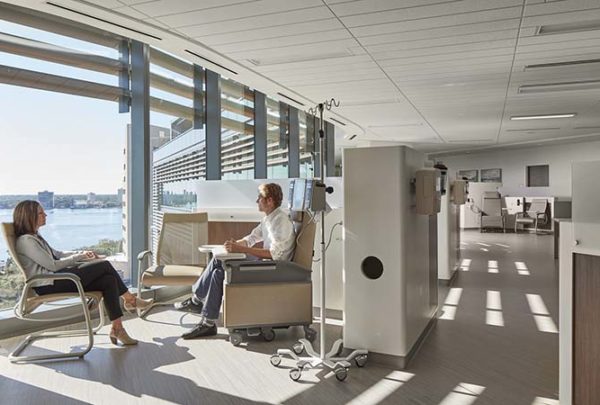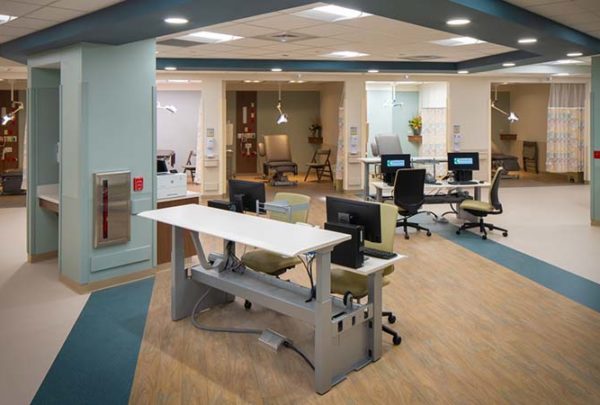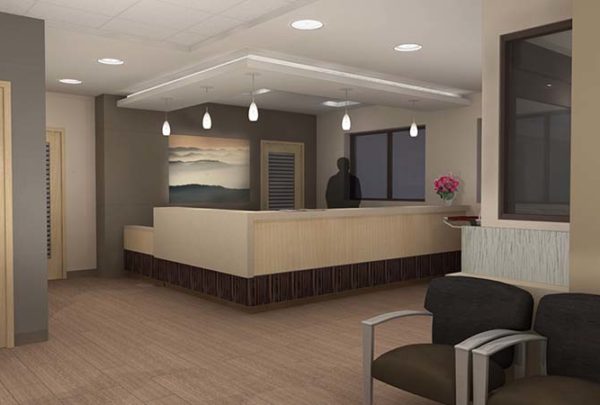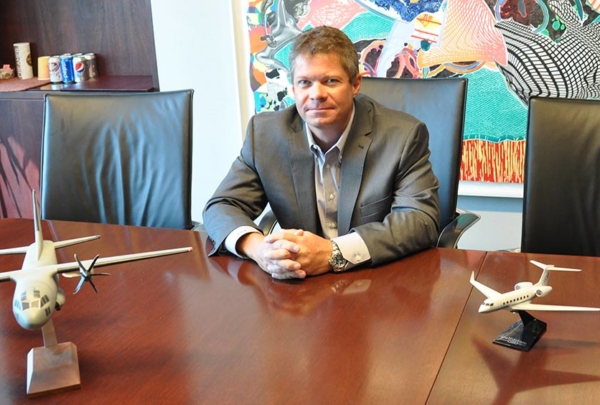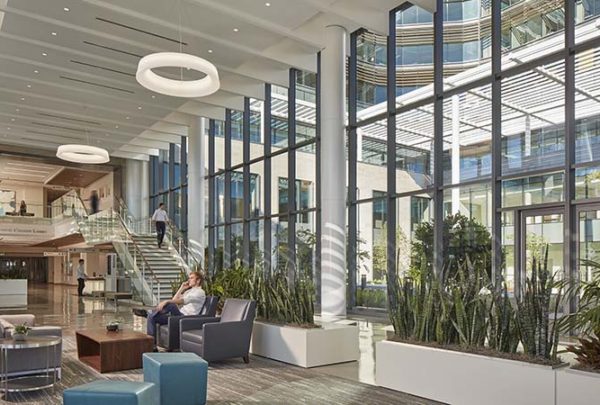The strategic plan that guides development for the next two decades and underpins the very identity of the Town of Orange Park, Florida, was born out of necessity, powered by robust public interaction and delivered despite a pandemic.
Entering the process, the Town Council identified the need for a visioning process to guide what had previously been a meandering path to its status quo.
In announcing that it had selected Haskell to help guild the process, the city described the challenge and the opportunity by saying, “There is not a cohesive vision for the future of the Town. Will it remain predominantly a bedroom community of Jacksonville? Will rapid growth in other areas of Clay County cause Orange Park to diminish in value and attractiveness? Are there economic development opportunities that the Town should capitalize on? The Town is interested in firmly articulating a vision for the community and then working to achieve the desired outcomes. The Town is fiscally healthy, has worked to make infrastructure improvements and is now ready to solidify its reputation as a highly desirable community in Florida.”
Enter Haskell’s Master Planning Professionals, led by Chris Flagg, FASLA, Vice President and A&E Group Operations Principal, and supported by Senior Architect Shane Dankworth, Design Associate Mikhail Alert, and Technician Kelly Mankinen.
“For master planning to be successful, it’s vital for the project team to create a dialogue with community members,” Flagg said. “Wise planners always listen first. Haskell’s planning team held numerous public workshops and city hall meetings to gauge public interests and understand how the project can best meet the needs of the community.”
The Haskell team gathered community input over the course of 20 days of public meetings spread over multiple months and three online surveys. Because it leveraged a state grant, the visioning exercise had to conclude before funding expired. When the COVID-19 pandemic struck, Flagg and his team pivoted quickly to the use of online tools.
They identified main goals through their exhaustive information-gathering:
- Remain sovereign, financially stable.
- Increase small-town feel, including sense of place through communication, branding and a town square.
- Establish a mobility plan and decrease impact of traffic on residents.
In August 2020, Haskell and the town’s visioning committee presented to Town Council comprehensive documentation accompanied by three options:
- Do Nothing
- Transportation Corridor Redevelopment, prioritizing the town’s main thru roads
- Vision Theme-Based Goals Town-wide, which included goals of the Transportation plan as well as projects to enhance residential parts of the town as well, such as creating a mobility plan, establishing walkable commerce and recreation routes and addressing neighborhood sustainability, including flooding and connectivity greenways.
Council voted unanimously to adopt the third and most comprehensive option largely because Haskell worked so diligently to gather and feature the voices of community members, Flagg said.
Orange Park Town Manager Sarah Campbell concurred, citing the level of collaboration and partnership that formed during the visioning process and continues as bricks-and-mortar work begins.
“The project lasted about a year, but the relationship is ongoing,” Campbell said. “Haskell performed work that was nothing short of transformative for our community. The process of community engagement, data analysis and visionary planning has set Orange Park on course for a future it could not have imagined otherwise. Orange Park’s implementation of its 20-year Strategic Vision Plan will be challenging, but the exciting work has already begun.”
As design principal, Flagg is a leading voice in high design in the Haskell community. But he’s also highly cognizant and enthusiastic about the company’s vast integrated project delivery. Ultimately, he said, the conceptual work is the genesis of great facilities – and communities.
“Planning is the ‘first date’ of the design-build process,” he said. “Successful design and construction rely on robust, detailed planning, and Haskell has a rich cache of planning resources. In truth, Haskell is a PAEC (Planning/Architecture/Engineering/Construction) firm, not just a standard AEC company. Haskell’s design-build process fully integrates planning, design, and construction, so Haskell can be a single-source provider for a project, starting at the planning stage all the way through construction completion.”
Contact Flagg and Haskell’s highly accomplished design professionals for guidance and inspiration in transforming your project or community.
